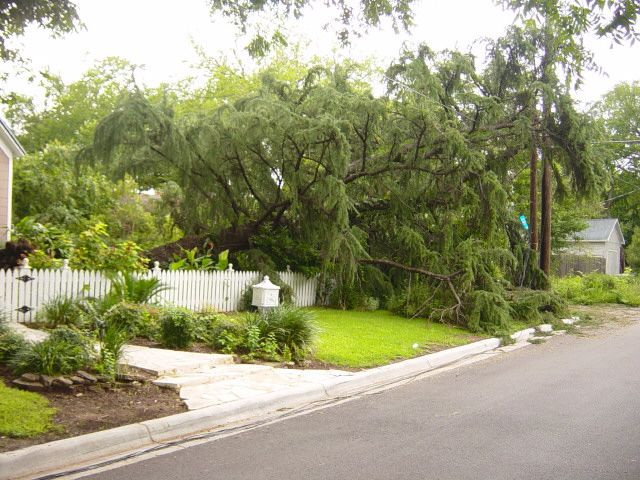Yield from Small Logs
Rough rules of thumb for estimating the expected yield from sawing small logs. March 14, 2006
Question
From Gene Wengert, forum technical advisor:
I thought that some of you might be interested in the yield that can be achieved from small logs. These data are not for an operation using a small band saw. You should probably add 6 to 8% for thin bands.
A 6" diameter log yields 34% lumber, 25% sawdust, and 41% slabs.
A 10" diameter yields 53%, 21%, and 26% respectively.
A 14" diameter yields 60%, 20% and 20% respectively.
Forum Responses
(Sawing and Drying Forum)
From contributor A:
What length log are these estimates based on? Is this one inch lumber or two inch? Also, you can get a six by eight tie out of a ten inch top. It would be interesting to know the figures then.
From contributor B:
I think he means this as a general rule. I notice more work and more slabs the smaller the logs gets.
From Gene Wengert, forum technical advisor:
I believe that these are based on 10' or 12', but I would have to look it up. It was 4/4. Certainly a tie will help yields, but to get a good tie out of a 10” diameter log is tough. The most common size is 7 x 9 and it would take a perfectly straight log at a bit over 11" to get a 7 x 9. For a 6 x 8, it would exactly come out of a 10" log if straight and round, not oval.
From contributor A:
I think we’re allowed a bit more wane on our ties in Western Canada but 10" is about the limit. I run a Lucas and do cut small wood from time to time but it just kills my production and recovery. It is good to see some hard numbers.
From contributor C:
I run a small bandsaw mill business, custom sawing and cutting and sawing from my tree farm. I cut small diameter logs of white pine and other softwoods. I saw top and bottom to make a 4 inch cant. These are great around the mill for piling lumber or log storage. If the log is a good one it will make 4 x 4 that can be sold. These small diameter logs are cut to length in the woods at 8' 5". When I saw, I figure that to get the width I want. The rule of thumb is 3 inches over on the small end of log. In other words, if I want a 6 inch width, the log has to be 9 inches on small end. This helps with the wane problem. The sawyer that taught me used to say the log will only make what it will make – it’s up to you to figure out to get the most yield and grade.
